התחל במצב לא מקוון עם האפליקציה Player FM !
RWS 93 – Carburettor Icing in Helicopters with Richard Mornington-Sanford
סדרה בארכיון ("עדכון לא פעיל" status)
When?
This feed was archived on February 13, 2024 11:08 (
Why? עדכון לא פעיל status. השרתים שלנו לא הצליחו לאחזר פודקאסט חוקי לזמן ממושך.
What now? You might be able to find a more up-to-date version using the search function. This series will no longer be checked for updates. If you believe this to be in error, please check if the publisher's feed link below is valid and contact support to request the feed be restored or if you have any other concerns about this.
Manage episode 280129569 series 169835
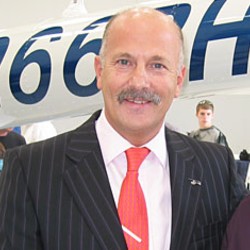
Most piston engine pilots will be at least passingly familiar with the theory behind the formation of carburettor icing. However most textbooks lean towards the operation of the carburettor in a fixed wing mounted engine. Helicopter engines, predominately the Robinson helicopter types but applicable to others as well, have their own unique challenges when it comes to carburettor icing and the use of ‘carb heat’ warm air.
Richard Mornington-Sanford was an engineer in the RAF before branching out into the roles of a civilian flight instructor, licensed helicopter engineer and air accident investigator. A photo on his website has an endorsement from Frank Robinson in 1998 with at that point, 18 years of association with the Robinson Helicopter Company and its products. Richard is still conducting Robinson Pilot Flight Safety Courses around the world today. You can do the maths on the years of experience there.
From his website – “He is a Robinson Helicopters Accident/Technical Investigator and conducts the Robinson Factory Maintenance Course in the UK, Europe and Worldwide together with EASA Part 147 type training approval. With CAA engineering and flight instructor licences, he is credited with having unrivalled experience outside of the factory on the Robinson product.”
Anyway, all that to say that the guy knows a bit about the innards of the Robinson product. I stumbled upon a 2012 PDF guide that Richard had written about carburettor icing only in the last few months. What stood out to me was that it was the first time that I had seen the topic of carb icing covered from a purely helicopter engine and helicopter operation view point. It was fascinating stuff and somewhat humbling that I hadn’t previously been exposed to some of the ideas the guide had in it.
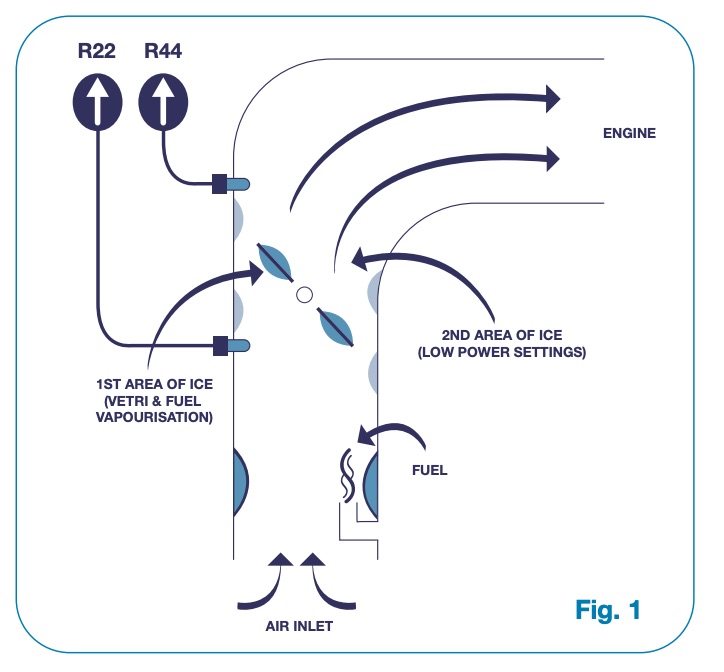
Fig 1 to the right is taken from Richard’s guide. You can download the full guide and see additional photos, drawings and graphs by clicking on the cover image immediately below.
Very briefly – the carburettor is designed to deliver a fuel/air mixture to the engine pistons for combustion. If that air mass is sufficiently blocked by icing then combustion stops. Not a good thing.
Even on a warm day the air moving through the carburettor can experience a significant temperature drop due to 1. the latent heat absorbed from the air as the fuel vaporises, and 2. the reduction in temperature and pressure as the air rushes through the venturi effect created by a less than full open butterfly valve.
Now a big difference between the textbooks (which are fixed wing centric) and what happens in a Robinson R22 or R44 is that the books say that during takeoff there is very little chance of carb icing due to the high power setting and full open butterfly valve. However! In the R22 and R44 because of the de-rated engine, at sea level at takeoff power the butterfly valve is a long way from being fully open. How far? Look at Richard’s charts in the document below to find out.
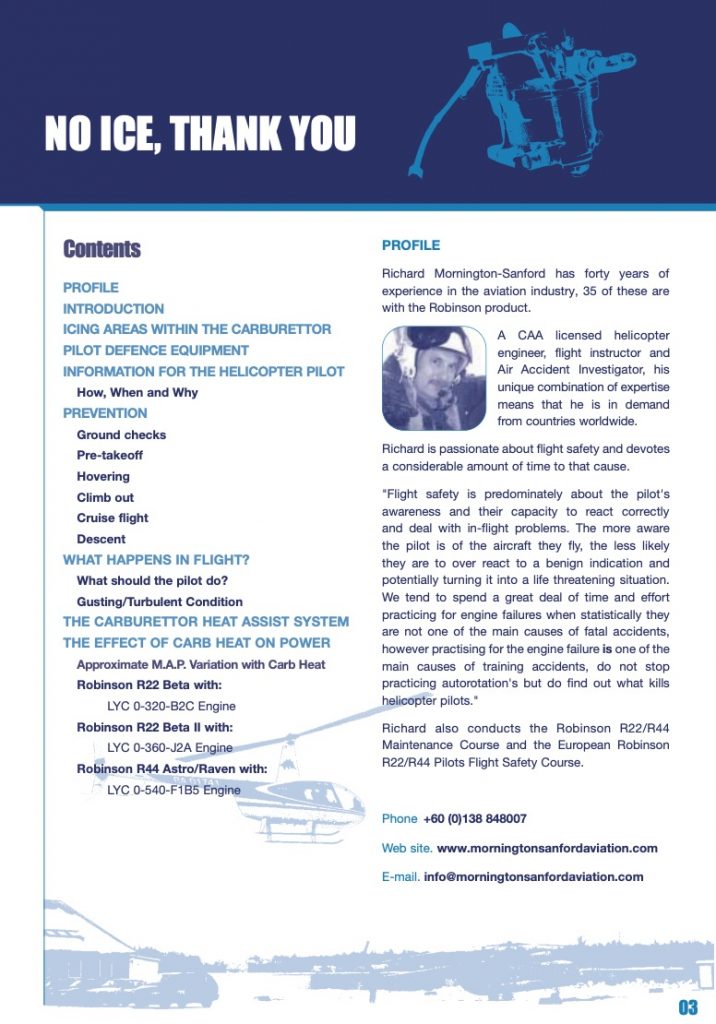
In this podcast we cover:
- Causes of carbuettor icing and conditions that it is more likely to occur
- Why helicopter engines are difference to fixed wing when it comes to icing
- The history behind the Robinson R44 carb heat assist control
- Correct use of carb heat and why you must bring it on early
- MAP limits vs BHP limits and relevant safety notices
- Insight into development of the takeoff power range limitation in helicopters
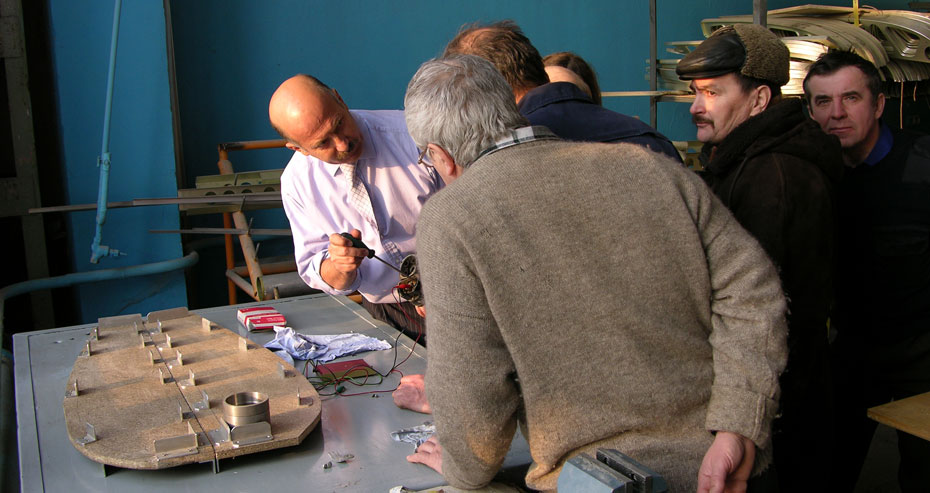
Podcast: Subscribe in iTunes | Play in new window | Download
Links from this week’s episode:
Support the podcast on Patreon
Mornington Sanford Aviation – Richard runs a number of safety and engineering courses. You can find out more on his website and there is a good collection there of blog posts that are well worth reading.
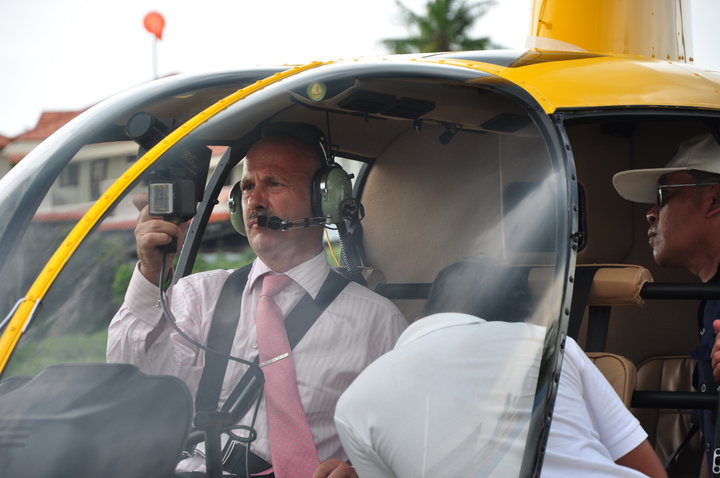
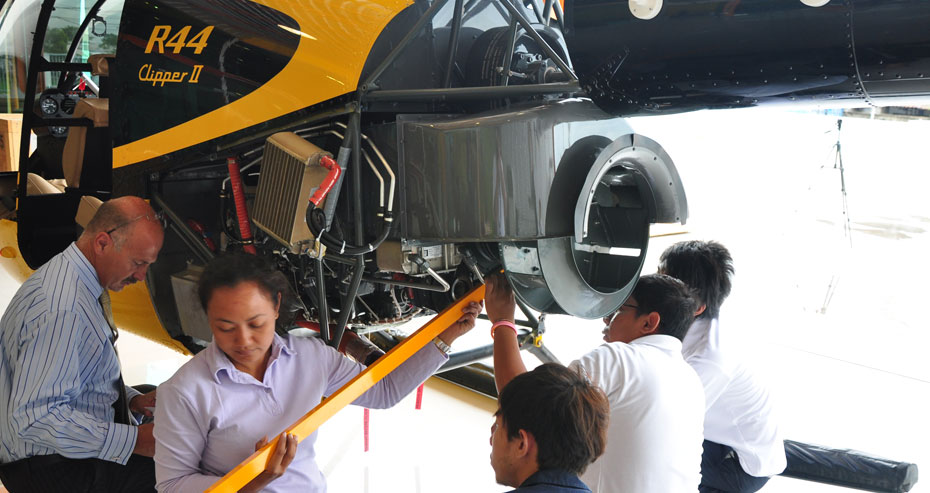
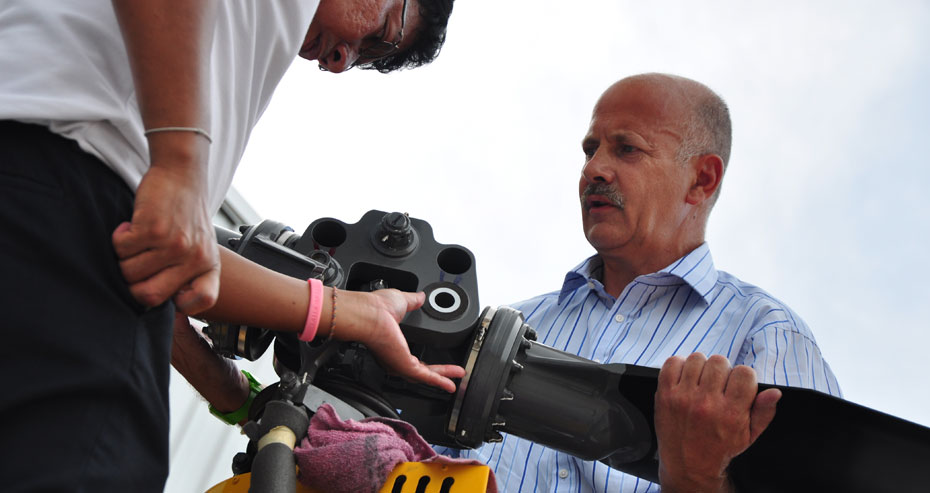
What was your biggest takeaway from this episode? Help yourself remember and share it with others by making a comment about it here below.
The post RWS 93 – Carburettor Icing in Helicopters with Richard Mornington-Sanford appeared first on The Rotary Wing Show Podcast.
112 פרקים
סדרה בארכיון ("עדכון לא פעיל" status)
When?
This feed was archived on February 13, 2024 11:08 (
Why? עדכון לא פעיל status. השרתים שלנו לא הצליחו לאחזר פודקאסט חוקי לזמן ממושך.
What now? You might be able to find a more up-to-date version using the search function. This series will no longer be checked for updates. If you believe this to be in error, please check if the publisher's feed link below is valid and contact support to request the feed be restored or if you have any other concerns about this.
Manage episode 280129569 series 169835

Most piston engine pilots will be at least passingly familiar with the theory behind the formation of carburettor icing. However most textbooks lean towards the operation of the carburettor in a fixed wing mounted engine. Helicopter engines, predominately the Robinson helicopter types but applicable to others as well, have their own unique challenges when it comes to carburettor icing and the use of ‘carb heat’ warm air.
Richard Mornington-Sanford was an engineer in the RAF before branching out into the roles of a civilian flight instructor, licensed helicopter engineer and air accident investigator. A photo on his website has an endorsement from Frank Robinson in 1998 with at that point, 18 years of association with the Robinson Helicopter Company and its products. Richard is still conducting Robinson Pilot Flight Safety Courses around the world today. You can do the maths on the years of experience there.
From his website – “He is a Robinson Helicopters Accident/Technical Investigator and conducts the Robinson Factory Maintenance Course in the UK, Europe and Worldwide together with EASA Part 147 type training approval. With CAA engineering and flight instructor licences, he is credited with having unrivalled experience outside of the factory on the Robinson product.”
Anyway, all that to say that the guy knows a bit about the innards of the Robinson product. I stumbled upon a 2012 PDF guide that Richard had written about carburettor icing only in the last few months. What stood out to me was that it was the first time that I had seen the topic of carb icing covered from a purely helicopter engine and helicopter operation view point. It was fascinating stuff and somewhat humbling that I hadn’t previously been exposed to some of the ideas the guide had in it.

Fig 1 to the right is taken from Richard’s guide. You can download the full guide and see additional photos, drawings and graphs by clicking on the cover image immediately below.
Very briefly – the carburettor is designed to deliver a fuel/air mixture to the engine pistons for combustion. If that air mass is sufficiently blocked by icing then combustion stops. Not a good thing.
Even on a warm day the air moving through the carburettor can experience a significant temperature drop due to 1. the latent heat absorbed from the air as the fuel vaporises, and 2. the reduction in temperature and pressure as the air rushes through the venturi effect created by a less than full open butterfly valve.
Now a big difference between the textbooks (which are fixed wing centric) and what happens in a Robinson R22 or R44 is that the books say that during takeoff there is very little chance of carb icing due to the high power setting and full open butterfly valve. However! In the R22 and R44 because of the de-rated engine, at sea level at takeoff power the butterfly valve is a long way from being fully open. How far? Look at Richard’s charts in the document below to find out.

In this podcast we cover:
- Causes of carbuettor icing and conditions that it is more likely to occur
- Why helicopter engines are difference to fixed wing when it comes to icing
- The history behind the Robinson R44 carb heat assist control
- Correct use of carb heat and why you must bring it on early
- MAP limits vs BHP limits and relevant safety notices
- Insight into development of the takeoff power range limitation in helicopters

Podcast: Subscribe in iTunes | Play in new window | Download
Links from this week’s episode:
Support the podcast on Patreon
Mornington Sanford Aviation – Richard runs a number of safety and engineering courses. You can find out more on his website and there is a good collection there of blog posts that are well worth reading.



What was your biggest takeaway from this episode? Help yourself remember and share it with others by making a comment about it here below.
The post RWS 93 – Carburettor Icing in Helicopters with Richard Mornington-Sanford appeared first on The Rotary Wing Show Podcast.
112 פרקים
Усі епізоди
×ברוכים הבאים אל Player FM!
Player FM סורק את האינטרנט עבור פודקאסטים באיכות גבוהה בשבילכם כדי שתהנו מהם כרגע. זה יישום הפודקאסט הטוב ביותר והוא עובד על אנדרואיד, iPhone ואינטרנט. הירשמו לסנכרון מנויים במכשירים שונים.




